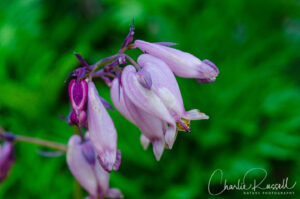
Onion Valley is a fen near the Emigrant Gap area in Placer County that has an interesting variety of wildflowers. We visited this area in mid June 2020. It is easy to reach, you can drive right up to it on paved roads. It has a long flowering season, so you can visit multiple times to see the progression from early spring, late spring, and then early summer wildflowers.
A “fen” is a permanently saturated wetland. This one is essentially a wet meadow with water flowing in from the north and out the south, easy to visit if you don’t mind getting your feet a bit wet.
Note that a number of the photos here were taken on the drive in to Onion Valley from the highway, on Texas Hill Road. The road takes you through a variety of habitats, including dense pine forest and some very interesting rocky outcroppings.
The Flowers
Here’s a sample of a few of my favorites from this hike (click on the image to see a larger view).
I love Calochortus! There were masses of these low species at a spot on the drive in, as well as right at the fen in Onion Valley.
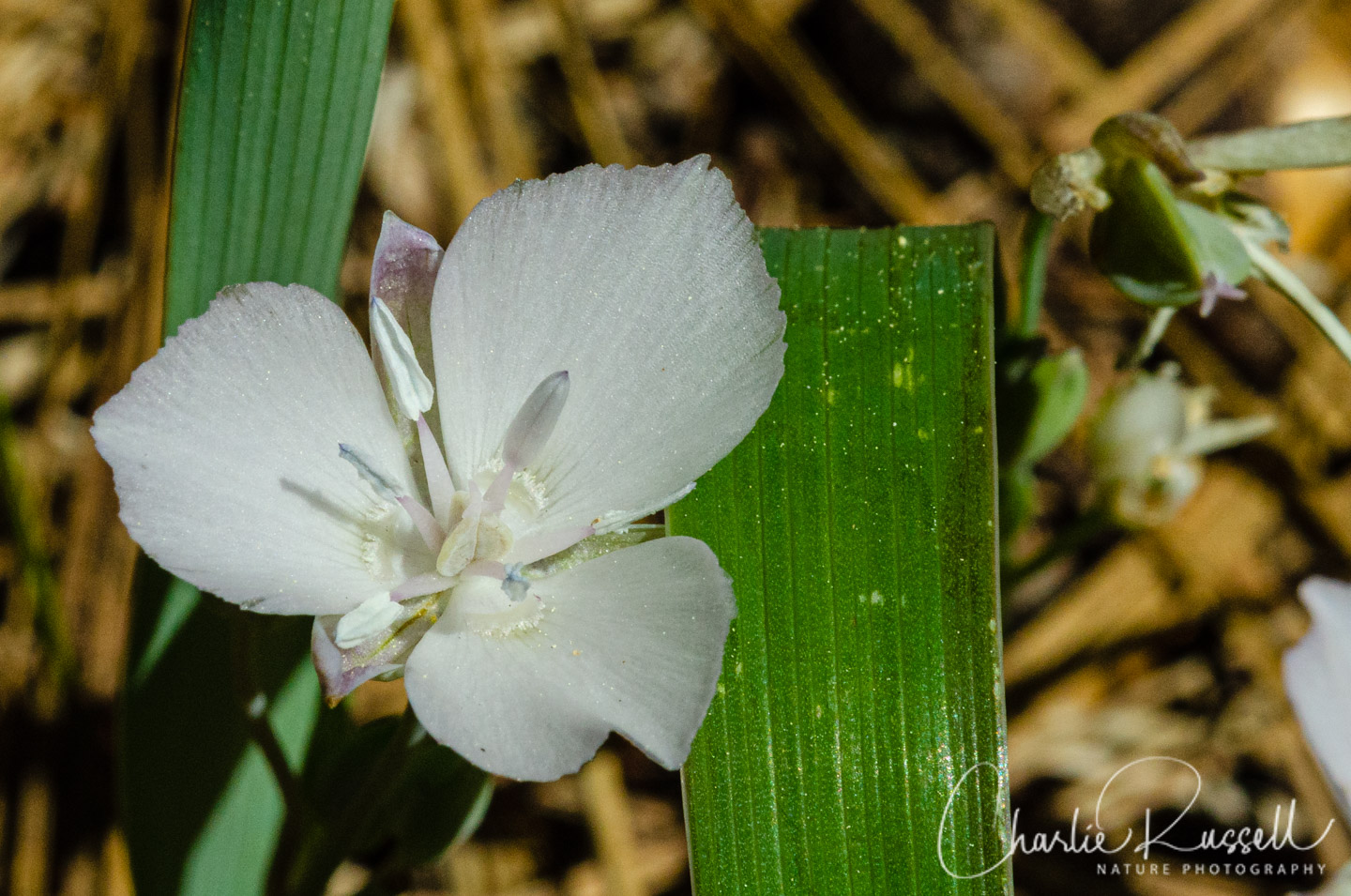
The confusing part about Calochortus species in this area is that most of them are a hybrid between two species. Sierra mariposa lilies are white, perhaps with a tinge of color. The hybridize with Naked mariposa lilies (see this photo from near Quincy), which have much more color. The hybrids are common from roughly Quincy in the north down to the Tahoe area. There are many subtle variations in these crosses (both of these photos are from the Onion Valley area).
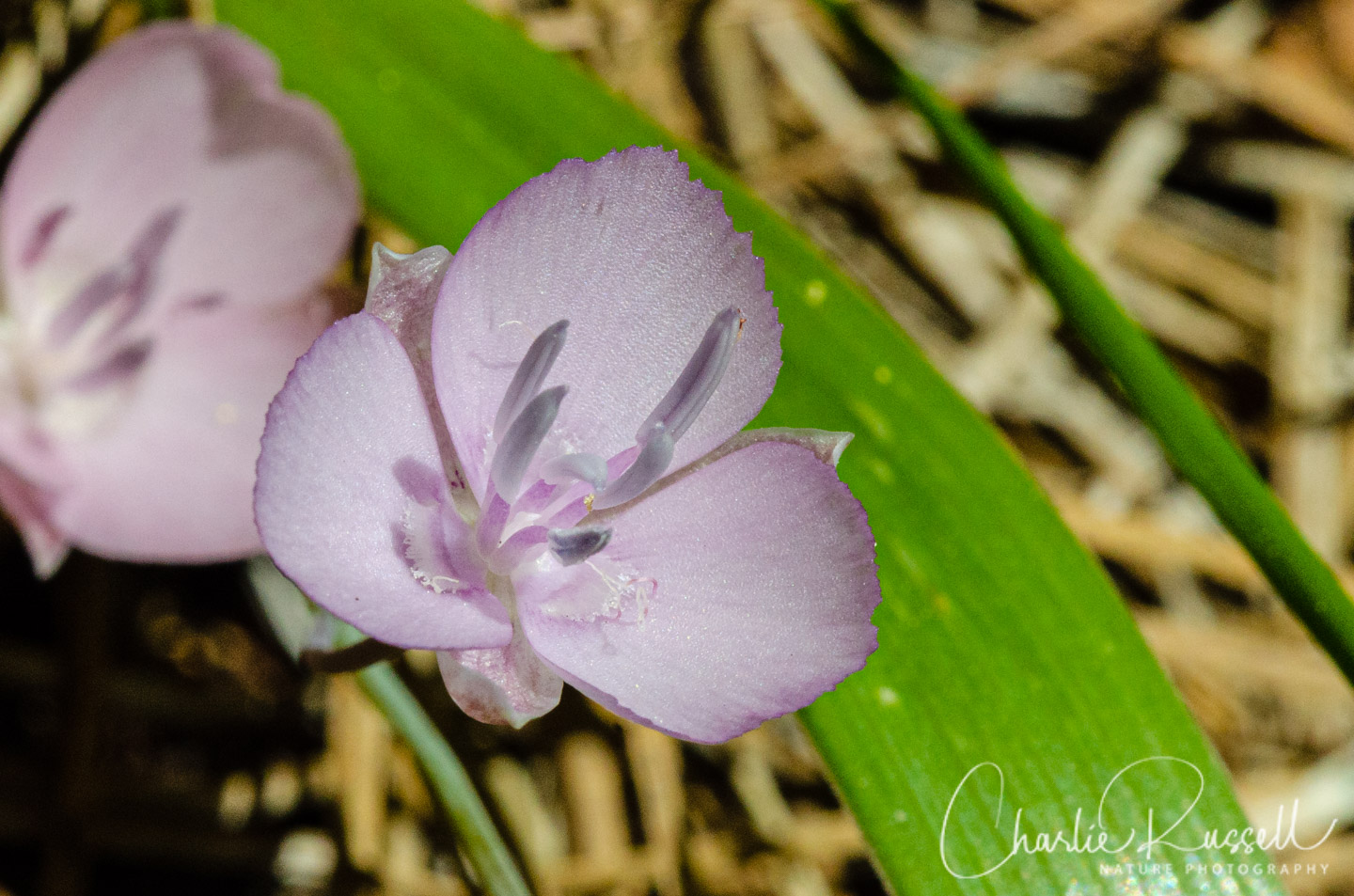
Hartweg’s iris were abundant across the road from the fen. They were just finishing up when we visited.
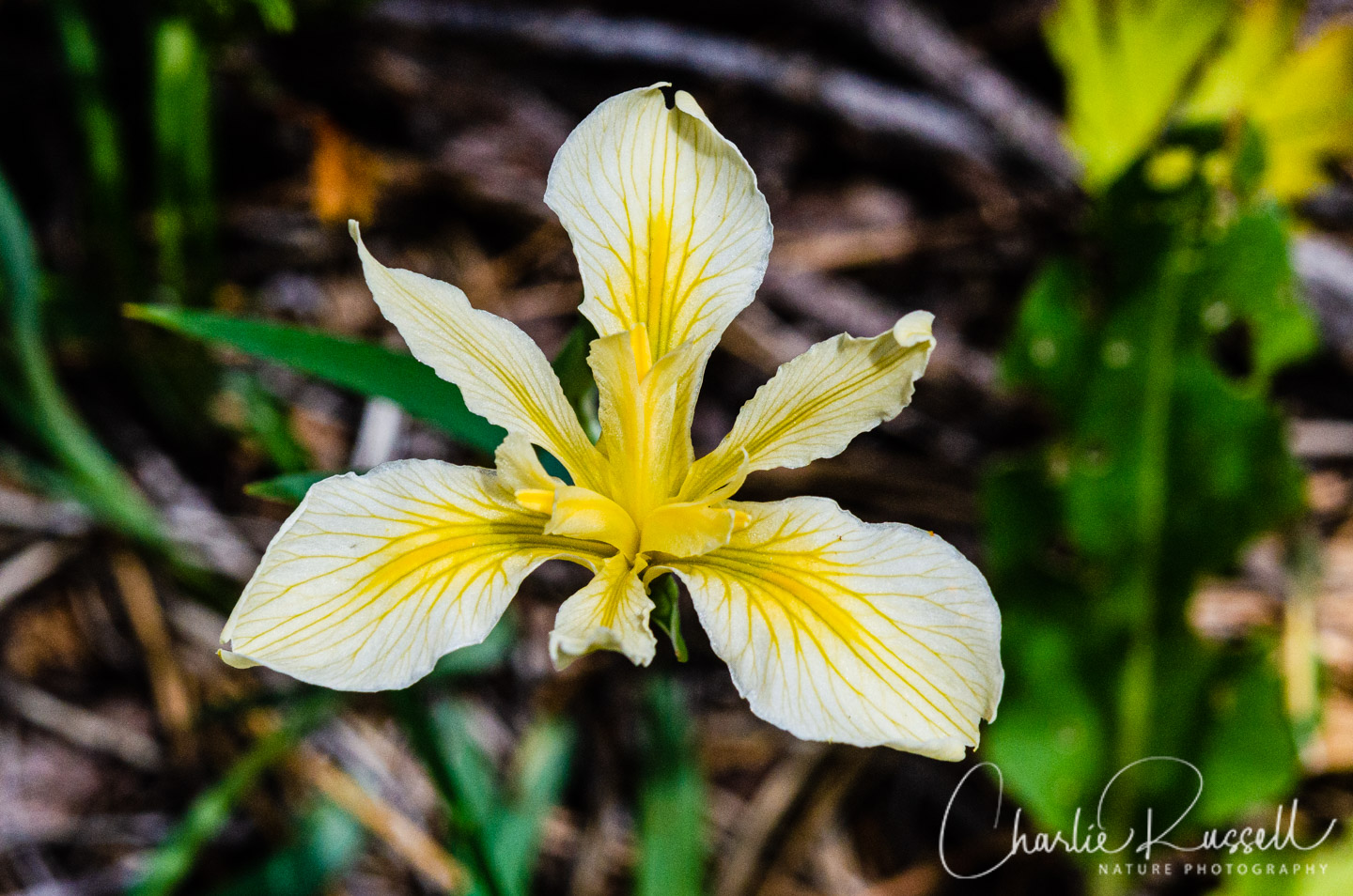
We found three different species of yellow violets here: Baker’s, Goosefoot and Pine.
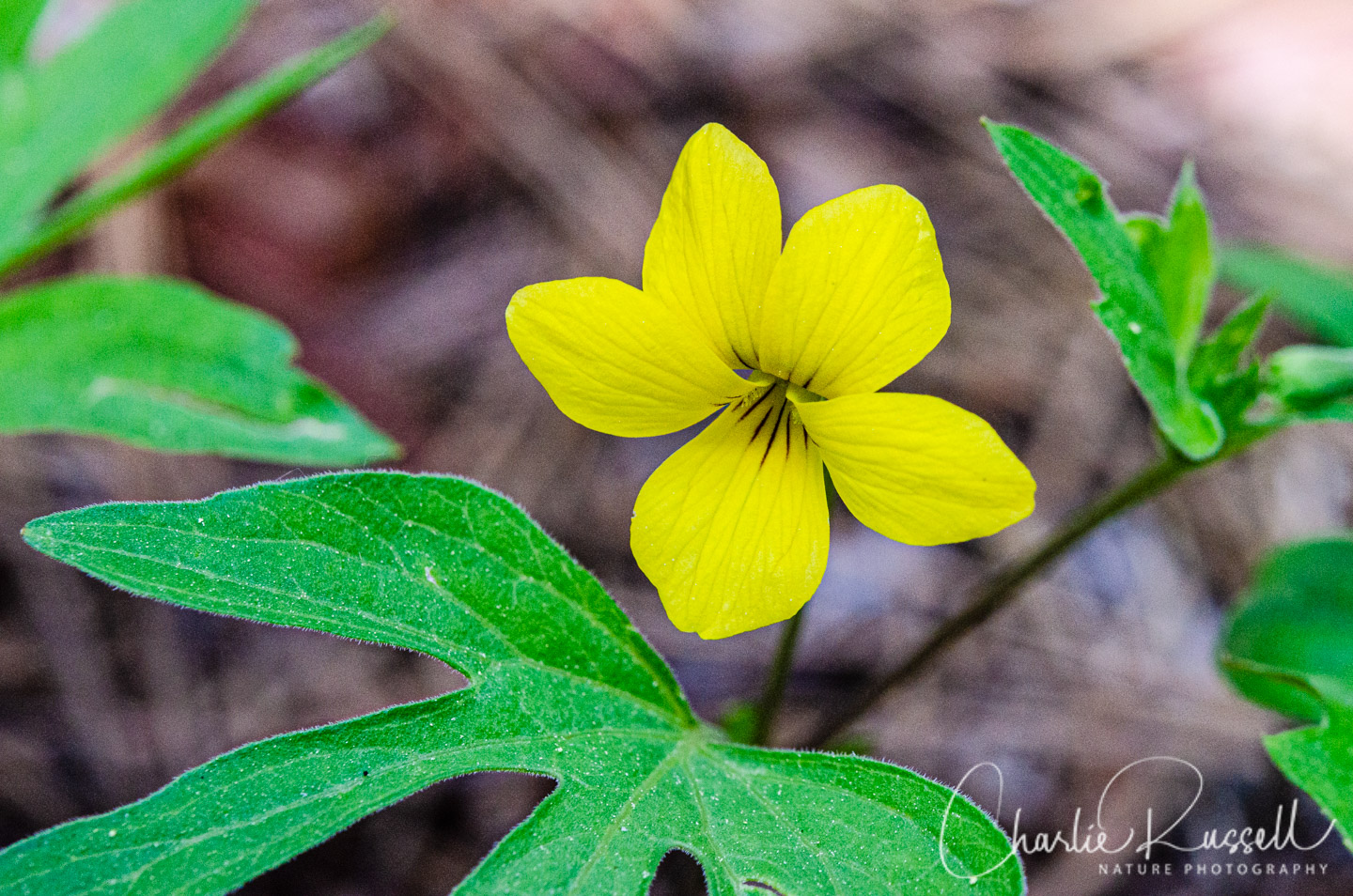
On the road in there are some rocky outcroppings, and here you may find Canyon liveforever. The blossoms of this succulent have very intense color.
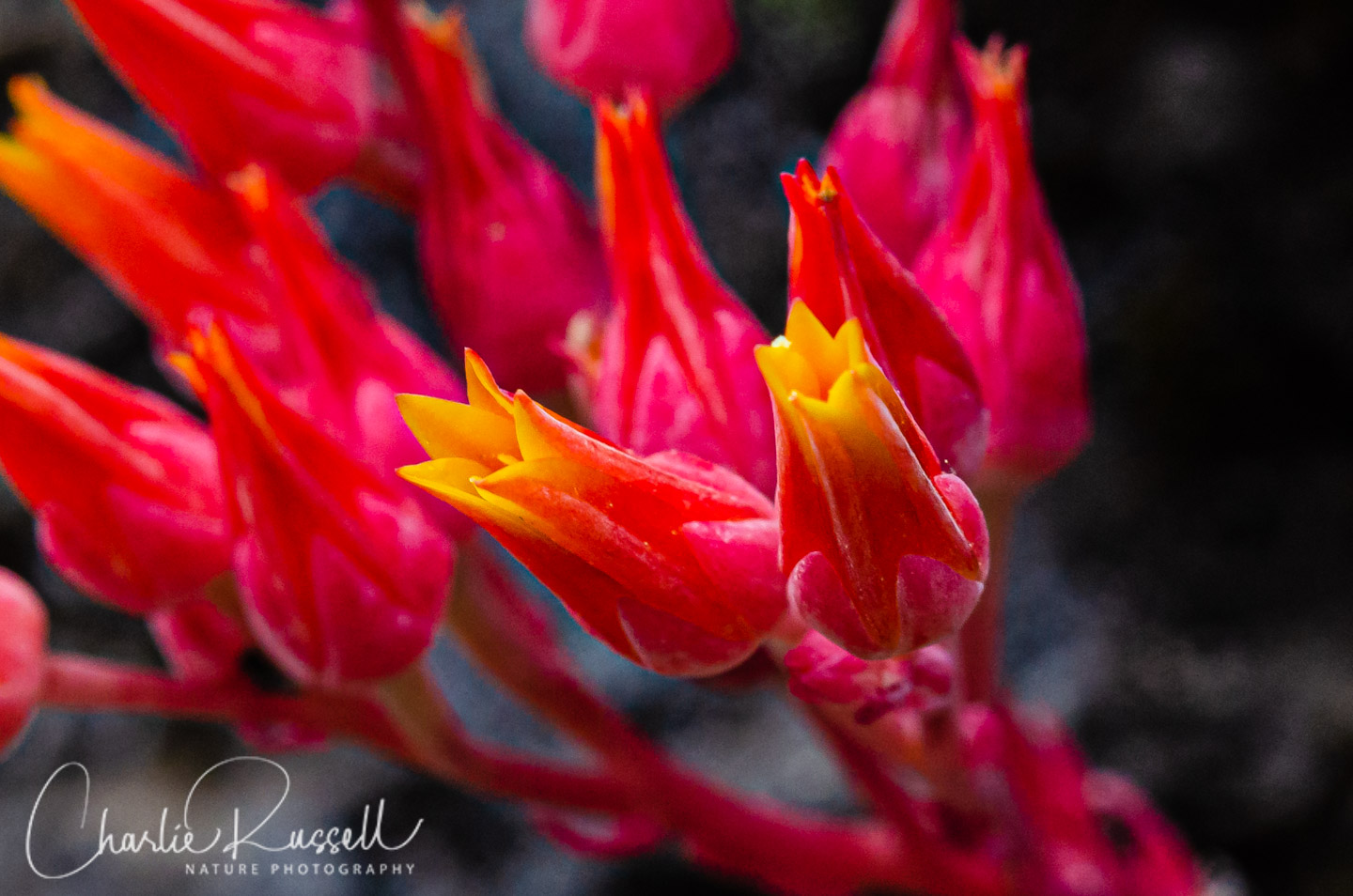
On the drier side of the fen we did find something of interest that wasn’t a wildflower:

If you click on lightbox image below you will be able to scroll through the plants (and other things) that we found on this hike. All photos are available for purchase in a variety of formats.
The Hike
This wasn’t a “hike”, really. Lots of flowers along the roadside driving in, and when you reach Onion Valley we parked our car, stepped out, and were immediately taking photos of wildflowers. The road runs right along the fen/meadow.
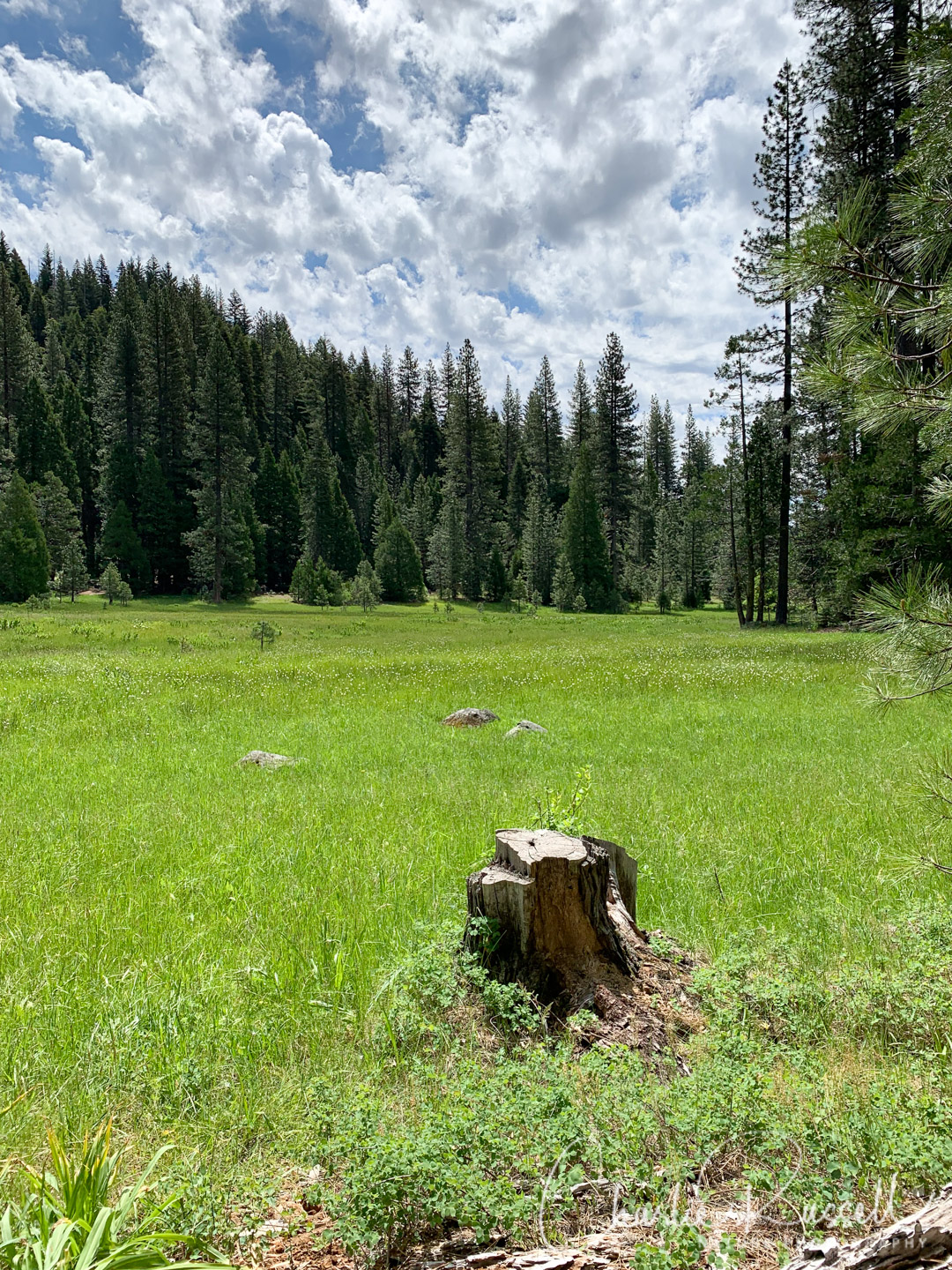
We wandered about the edge of the fen, and took a few excursions in to find some special flowers. It is worth circling the fen and poking around in the trees along the edge, there were wildflowers in many places. Note that the far side (east side) is a campground, so don’t intrude in the campsites. We also found a number of interesting wildflowers west of the road (opposite direction from the fen), so don’t overlook that area. Lots of Iris and violets there.
Directions
If you search for “Onion Valley” in Google Maps you may be directed to a campground in Southern California. The one I’m referring to is on Texas Hill Road.
From Highway 80 take exit 158A (just east of the Nyack Snow Park exit). Turn right on the exit road and then immediately right again onto Texas Hill Road. You will follow this road for 7 miles. Keep an eye out for interesting roadside flowers, but note that in some places it is hard to find a safe pullout. The road is paved all the way but there were a number of potholes. It also is a narrow road, sometimes you have to squeeze over to the side to let a car from the other direction to get by. There was more traffic on this road than I had anticipated.
You’ll pass the North Fork campground, and about a half mile further on you will see the open fen (meadow) on your left. Park where you can along the road (there are several wide spots here).
If the campgrounds are open there are Forest Service vault toilets at North Fork, as well as at the Onion Valley Campground (continue on to a dirt road on your left, it curves around to the campground and toilets).
Timing is Everything
This visit was in mid June and the weather was moderate (low 70’s). The elevation is 4400′. There were surprisingly few mosquitoes, given that it is a fen. Some flowers were finishing up, mostly the early dry forest species. It was the peak time to see Calochortus, they were plentiful. Lilium species and Hastingia weren’t blooming yet. Plants that grow in the fen itself were just getting going. But, if you add in the flowers that we saw on the drive in, there was quite a variety of wildflowers on this visit. I would say that you could start in May, but there wouldn’t be a lot of variety. Mid to late June would be a good time, and on into July (although at this elevation it might be hot).
Onion Valley Wildflowers
Here’s a listing of the native plants that we found on this visit. I don’t have pictures of all of these in the gallery, as many that I took are low resolution pictures using my phone camera (I use those for iNaturalist observations).
The ones listed in color are endemic to California (that is, found only in California). “nif” means “not in flower”. In most cases the scientific name will be a link to a reference source such as Calflora.
- Allium sp. (nif)
- American Yellowrocket, Barbarea orthoceras
- Baker’s violet, Viola bakeri
- American bistort, Bistorta bistortoides
- California Black Oak, Quercus kelloggii
- California corn lily, Veratrum californicum var. californicum (nif)
- Canyon liveforever, Dudleya cymosa ssp. cymosa
- Changeable phacelia, Phacelia mutabilis
- Coastal paintbrush, Castilleja affinis
- Common woolly sunflower, Eriophyllum lanatum
- Common Yarrow, Achillea millefolium
- Deerbrush, Ceanothus integerrimus var. macrothyrsus
- Diamond clarkia, Clarkia rhomboidea
- Donner Lake lupine, Lupinus lepidus var. sellulus
- Douglas fir, Pseudotsuga menziesii
- Fendler’s meadow rue, Thalictrum fendleri
- Feathery false lily of the valley, Maianthemum racemosum
- Fringed willowherb, Epilobium ciliatum
- Giant white wakerobin, Trillium albidum
- Goosefoot violet, Viola purpurea
- Goose grass (aka Cleavers, Stickywilly), Galium aparine
- Hartweg’s iris (aka Rainbow iris), Iris hartwegii
- Horsetail, Equisetum sp.
- Incense cedar, Calocedrus decurrens
- Lace lip fern, Myriopteris gracillima
- Lambstongue ragwort, Senecio integerrimus var. major
- Larkspur, Delphinium spp.
- Lemmon’s catchfly, Silene lemmonii
- Lilium sp. (nif)
- Little prince’s pine, Chimaphila menziesii
- Longstalk starwort, Stellaria longipes
- Mariposa lily (star tulip) hybrid, Calochortus nudus x Calochortus minimus
- Meadow deathcamas, Toxicoscordion venenosum var. venenosum
- Meadow penstemon, Penstemon rydbergii var. oreocharis
- Mountain jewelflower, Streptanthus tortuosus
- Mountain misery, Chamaebatia foliolosa
- Musk monkeyflower, Erythranthe moschata
- Navarretia sp.
- Opposite leaved tarweed, Hemizonella minima
- Pacific bleeding heart, Dicentra formosa
- Pacific dogwood, Cornus nuttallii
- Pine violet (aka Moose horn violet), Viola lobata ssp. lobata
- Pinnate lotus, Hosackia pinnata
- Purple milkweed, Asclepias cordifolia (nif)
- Roezl’s penstemon, Penstemon roezlii
- Seep monkey flower, Erythranthe guttata
- Shield fern, Polystichum sp.
- Showy milkweed, Asclepias speciosa (nif)
- Sierra mariposa lily, Calochortus minimus
- Slender cinquefoil, Potentilla gracilis var. fastigiata
- Snowplant, Sarcodes sanguinea
- Sticky cinquefoil, Drymocallis glandulosa
- Sticky monkeyflower, Diplacus grandiflorus
- Streambank Bird’s-foot Trefoil, Hosackia oblongifolia var. oblongifolia
- Trillium sp. (nif)
- Variableleaf collomia, Collomia heterophylla
- Western brackenfern, Pteridium aquilinum
- Western buttercup, Ranunculus occidentalis
- Western rattlesnake plantain, Goodyera oblongifolia (nif)
- Western thimbleberry, Rubus parviflorus
- White rushlily, Hastingsia alba
- White veined wintergreen, Pyrola picta
- Wild hyacinth, Dichelostemma multiflorum
- Wild rose, Rosa sp.
- Woolly mule ears, Wyethia mollis (nif)
The following are non-native plants that we found on the hike as well:
- Yellow Salsify, Tragopogon dubius
We also came across:
- American Carpenter Ant, Camponotus americanus
- California Tortoiseshell, Nymphalis californica
- Emery Rocktripe Lichen, Umbilicaria phaea
- Pacific Fritillary, Boloria epithore
- Longhorn beetle, Callimoxys fuscipennis
- Map Lichen, Rhizocarpon sp.
- Nomad bee, Nomada sp.
- Northern Alligator Lizard, Elgaria coerulea ssp. palmeri
- Scentless plant bug, Harmostes reflexulus
- Sierran Tree Frog, Pseudacris sierra
- Tube Lichen, Hypogymnia sp.
- Typical Blue butterfly, Icaricia sp.
- Wolf Lichen, Letharia vulpina


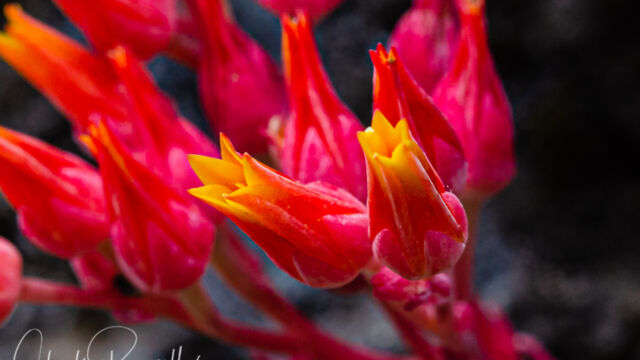
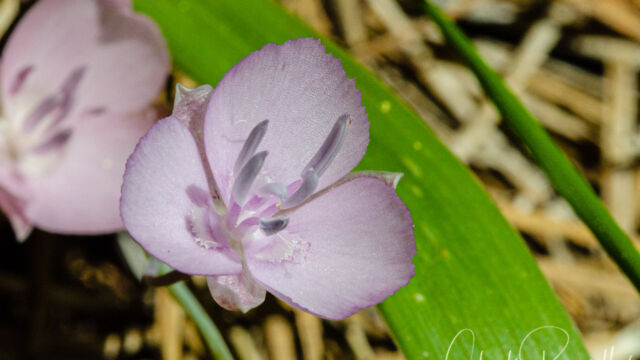
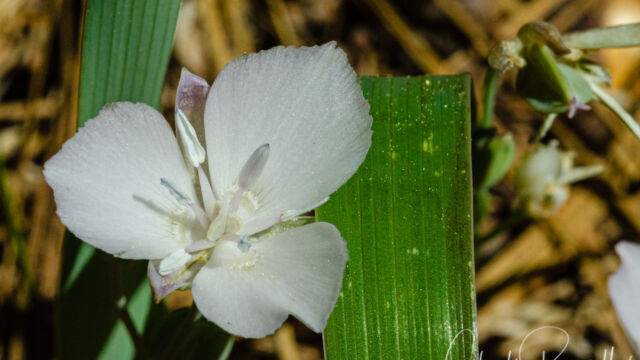
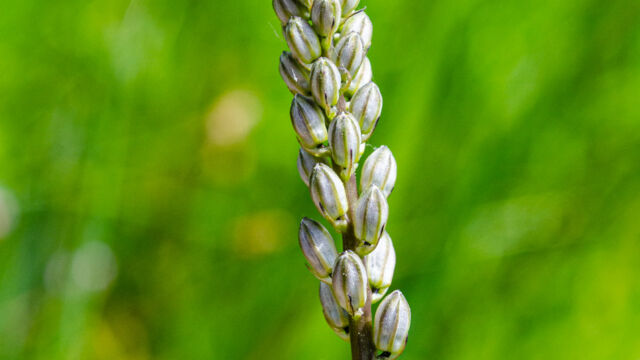
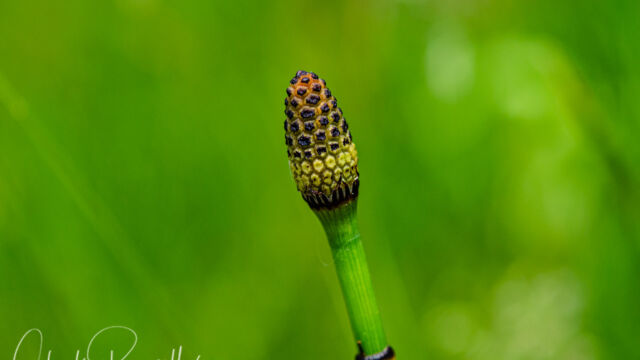
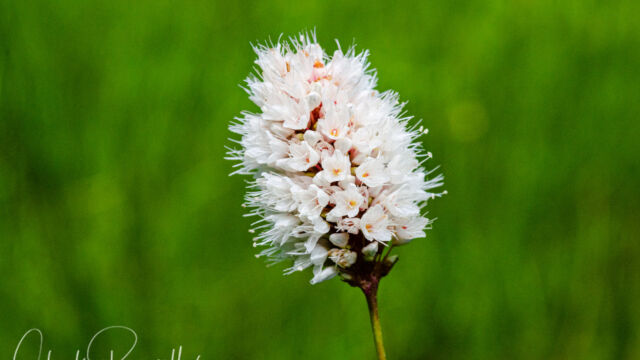
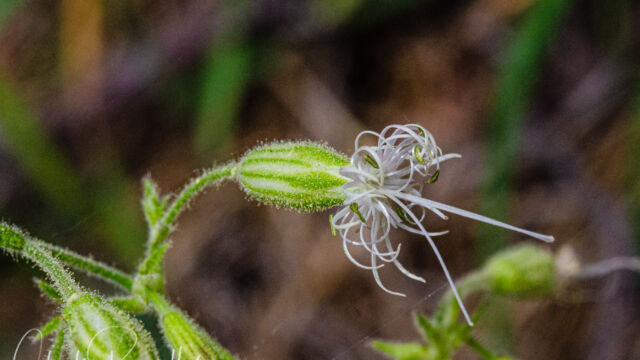

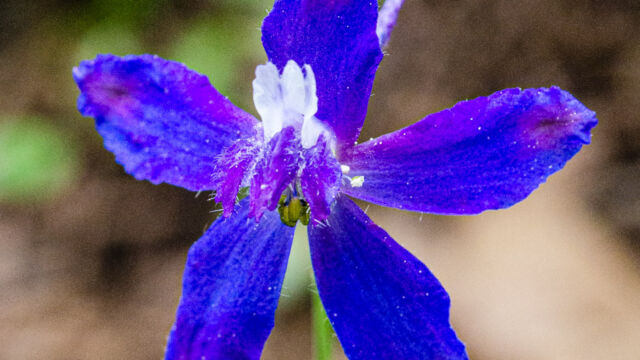
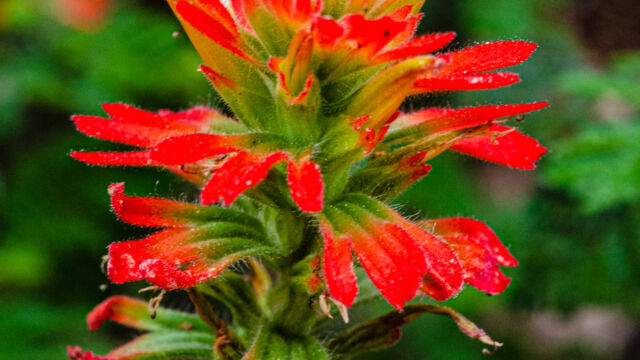
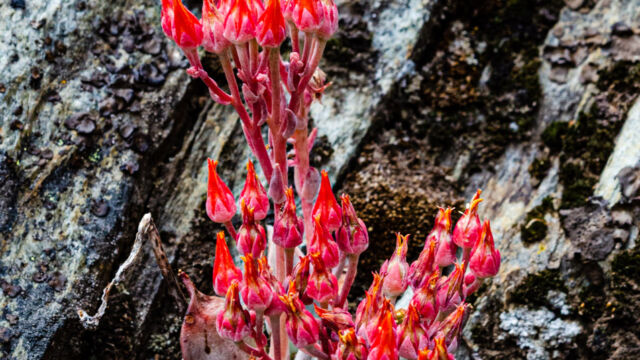
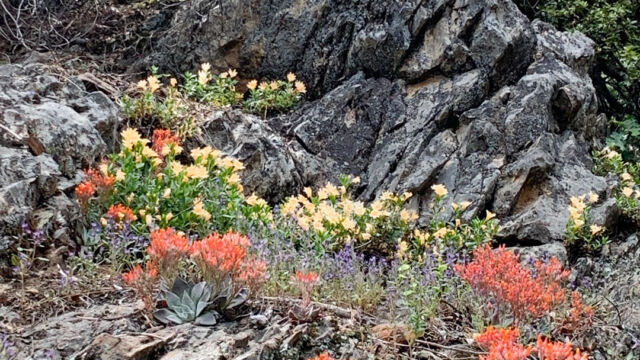
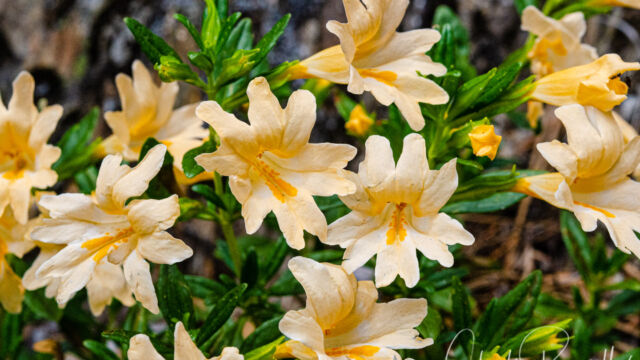
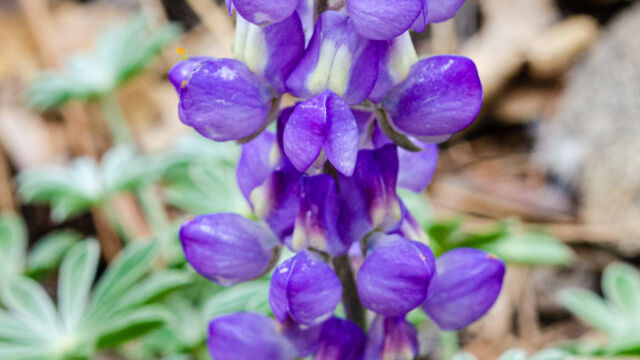
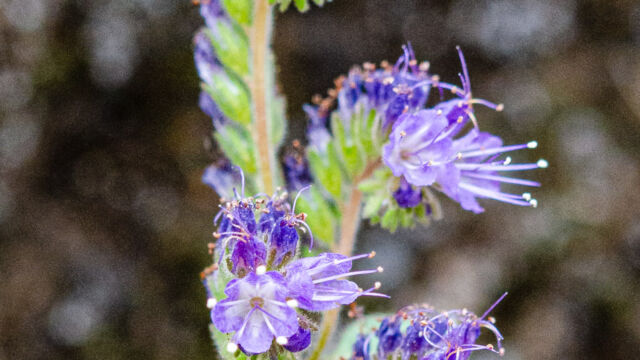

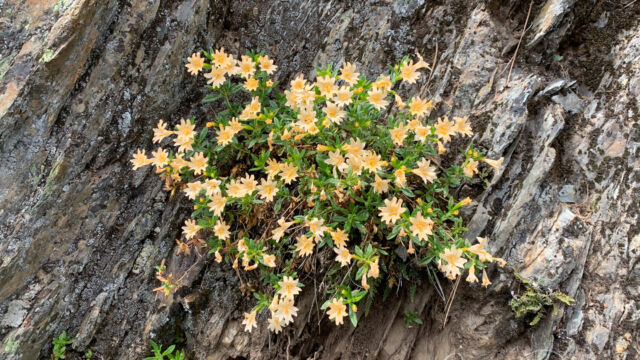

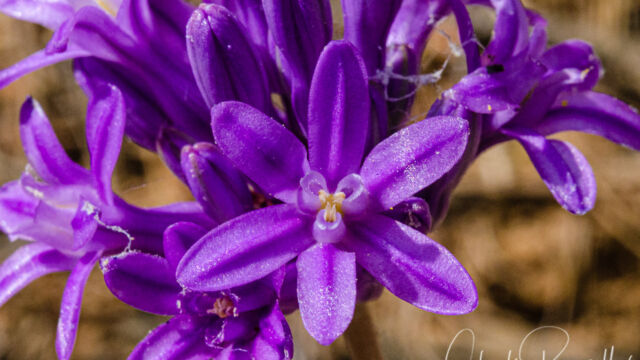
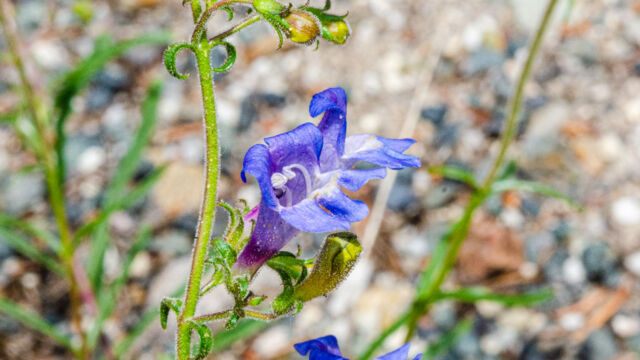
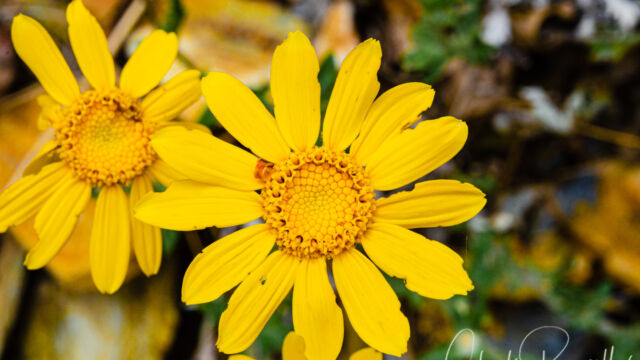
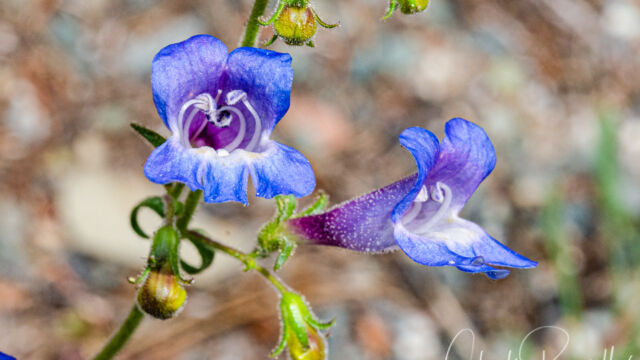
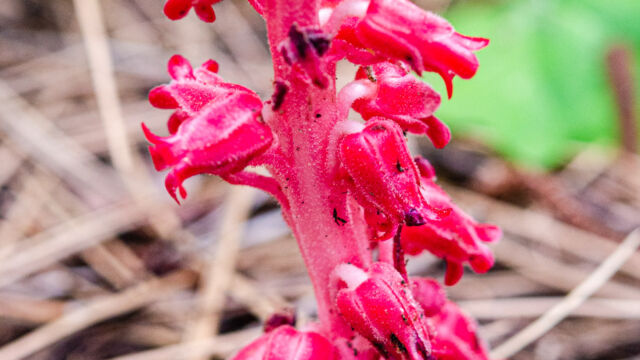
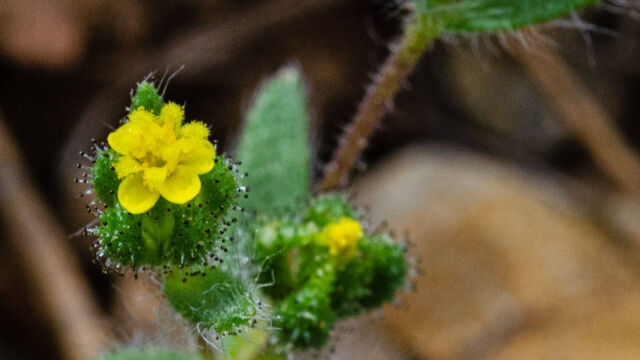
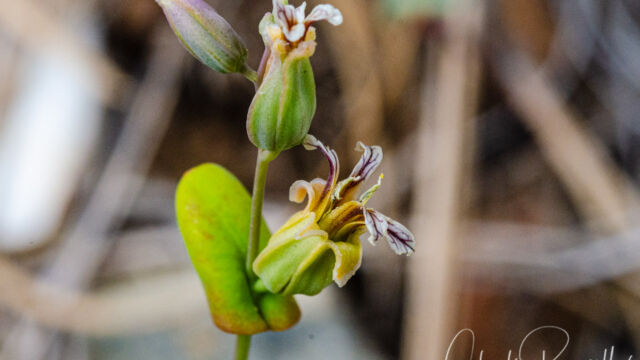


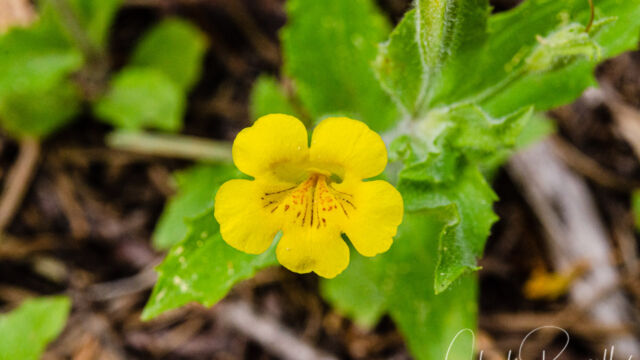
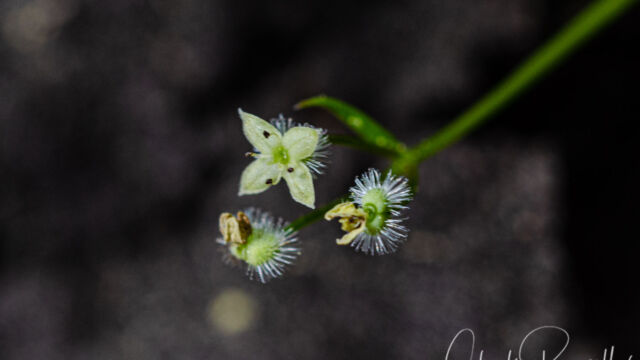
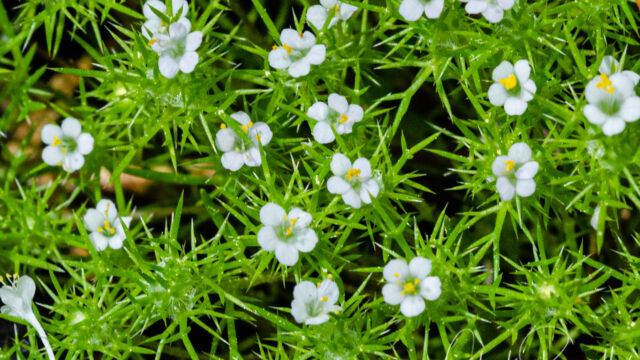
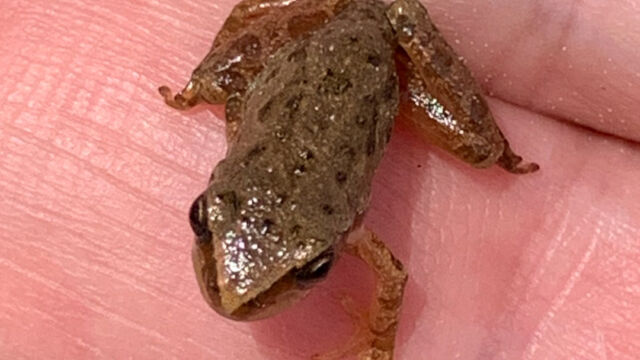
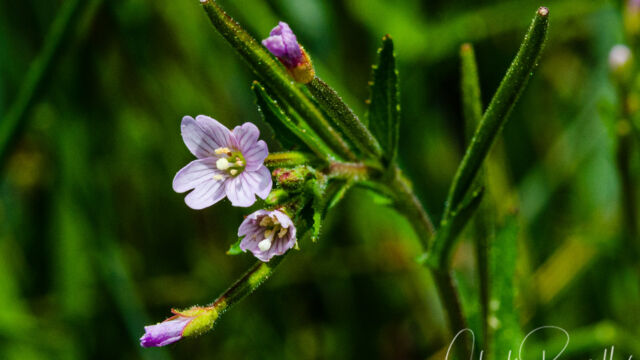
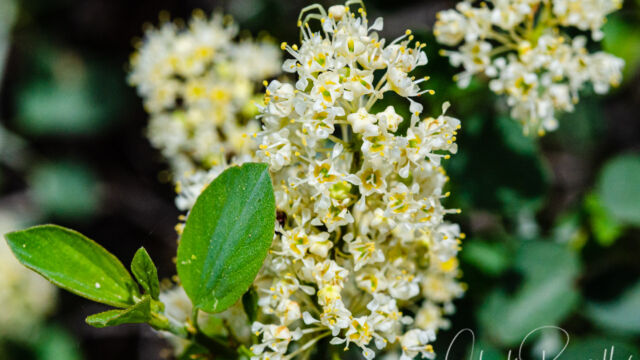
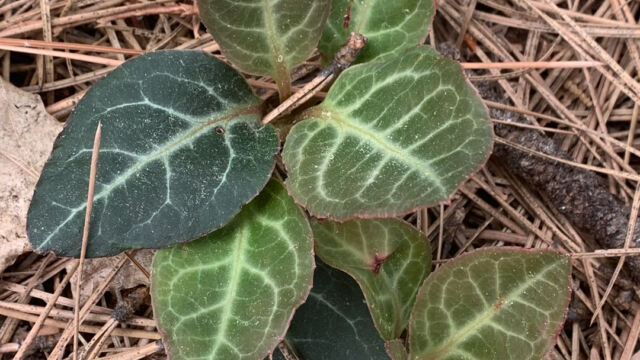

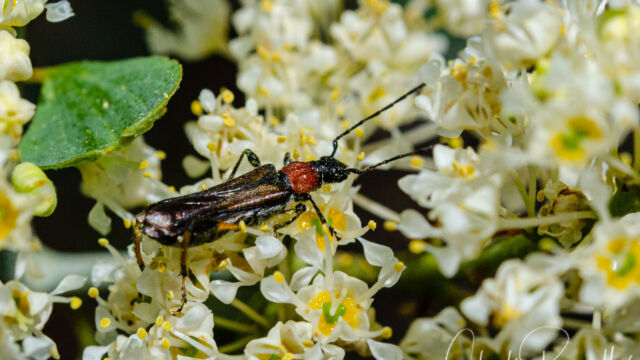
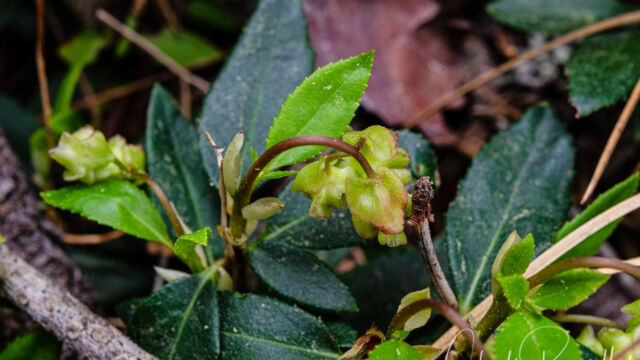
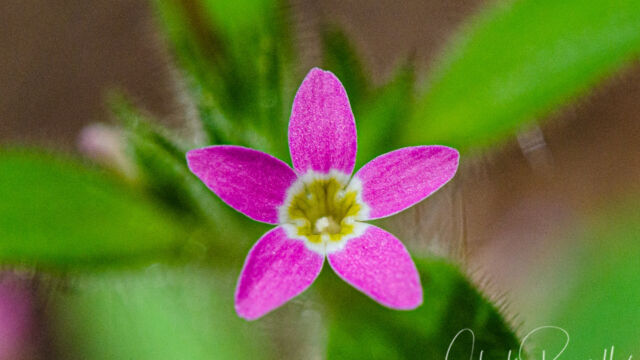
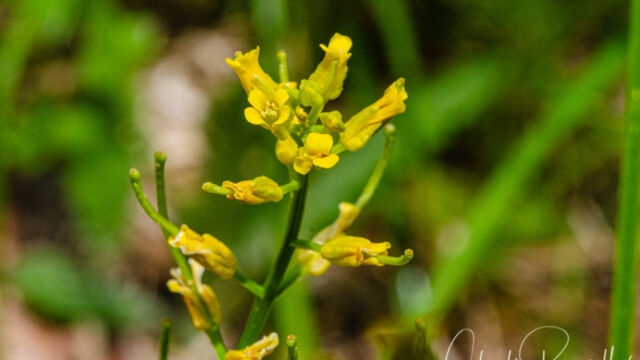
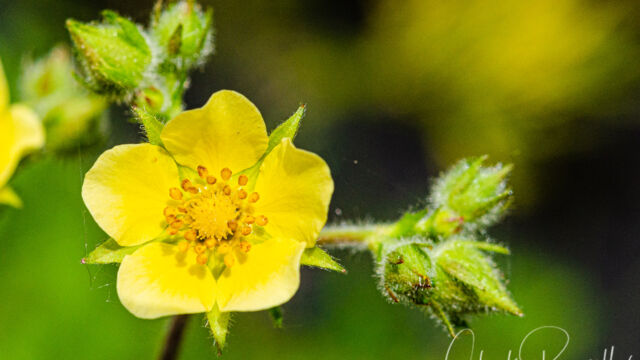
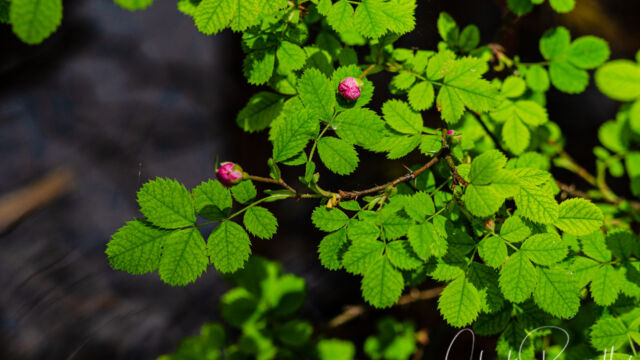
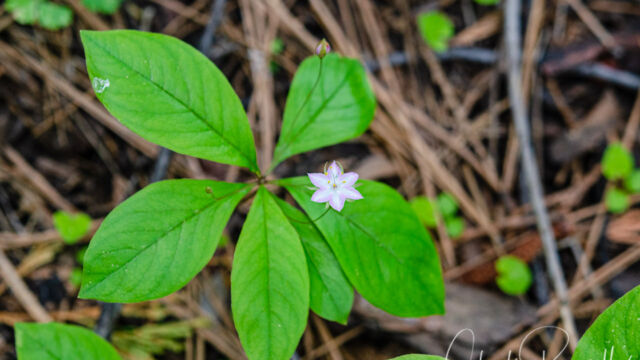

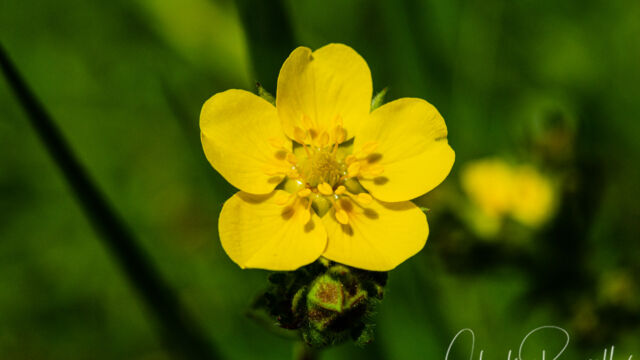
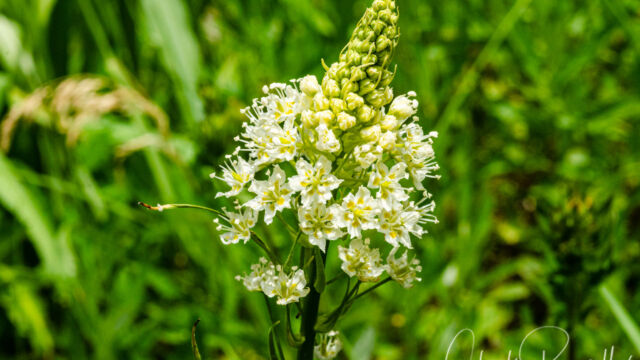
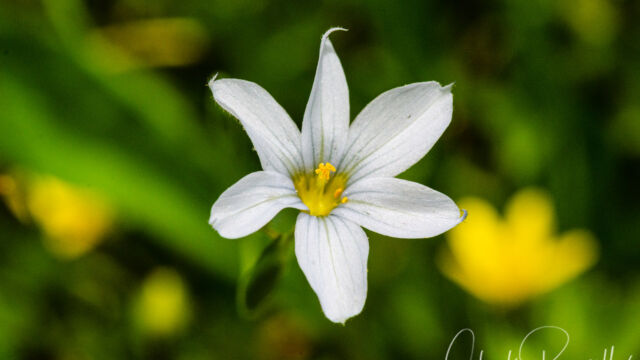
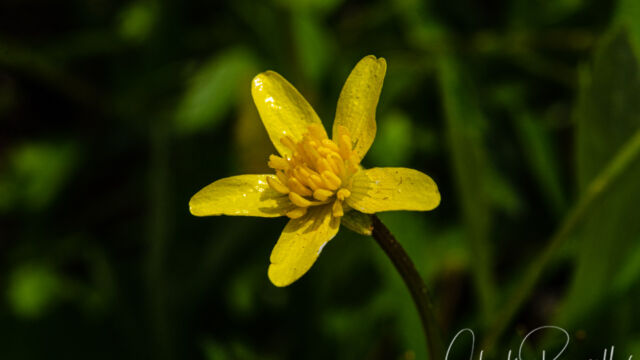




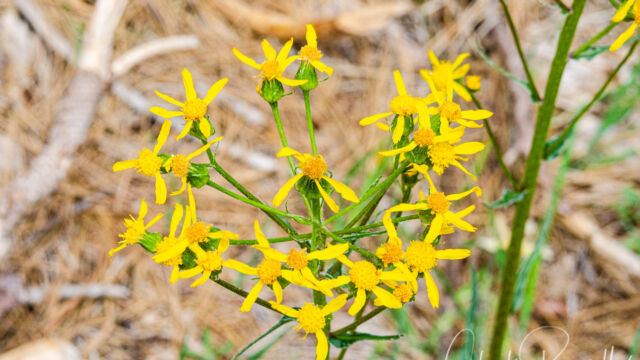
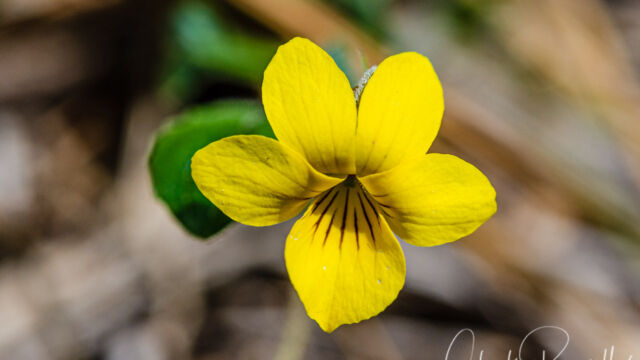
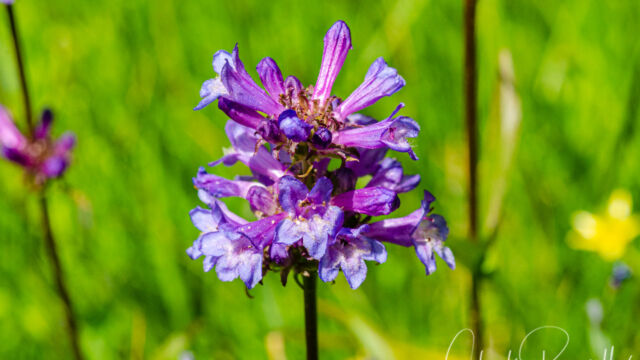
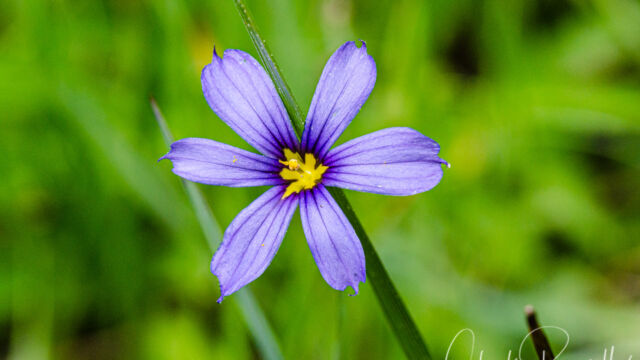
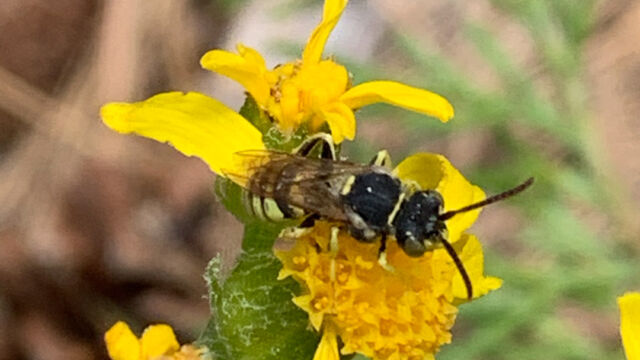
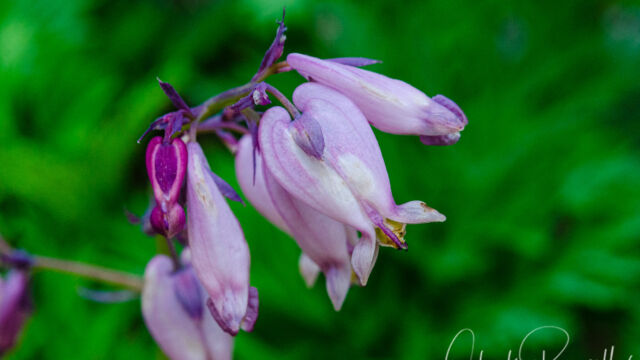

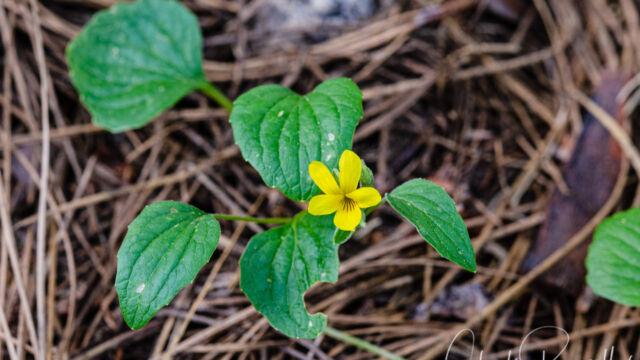
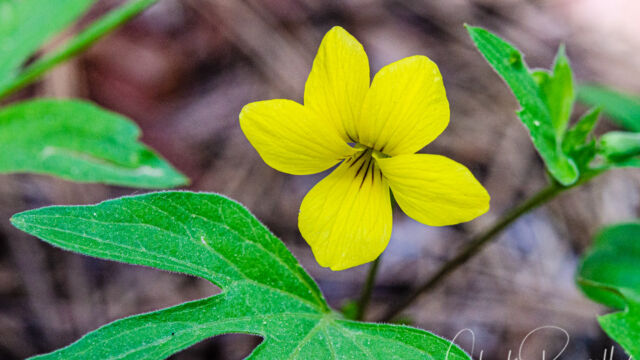

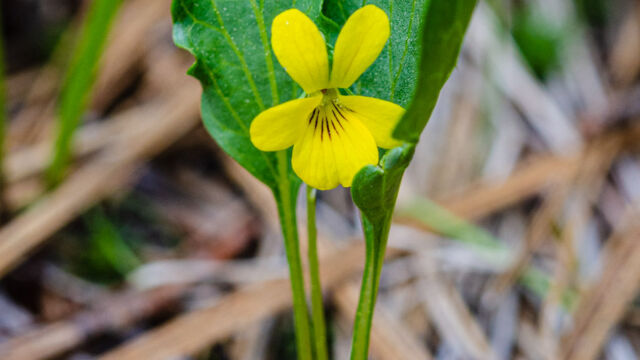
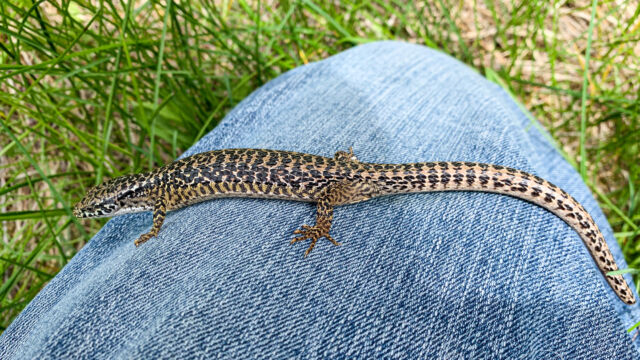
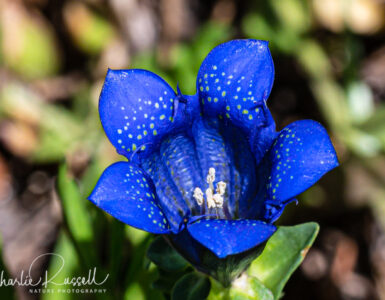
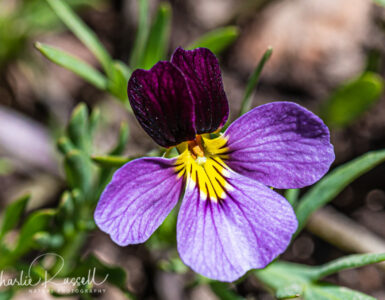
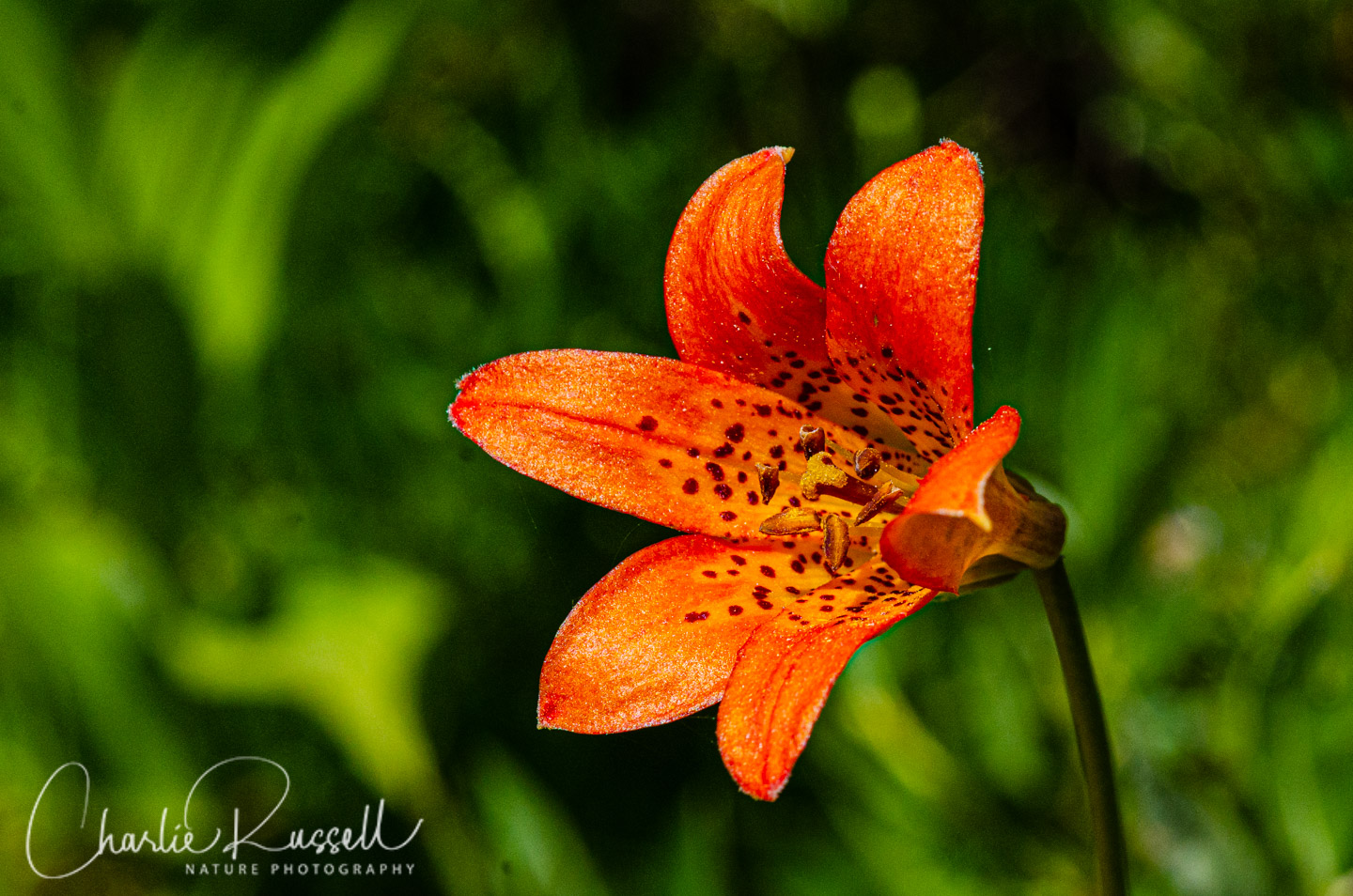
Add comment